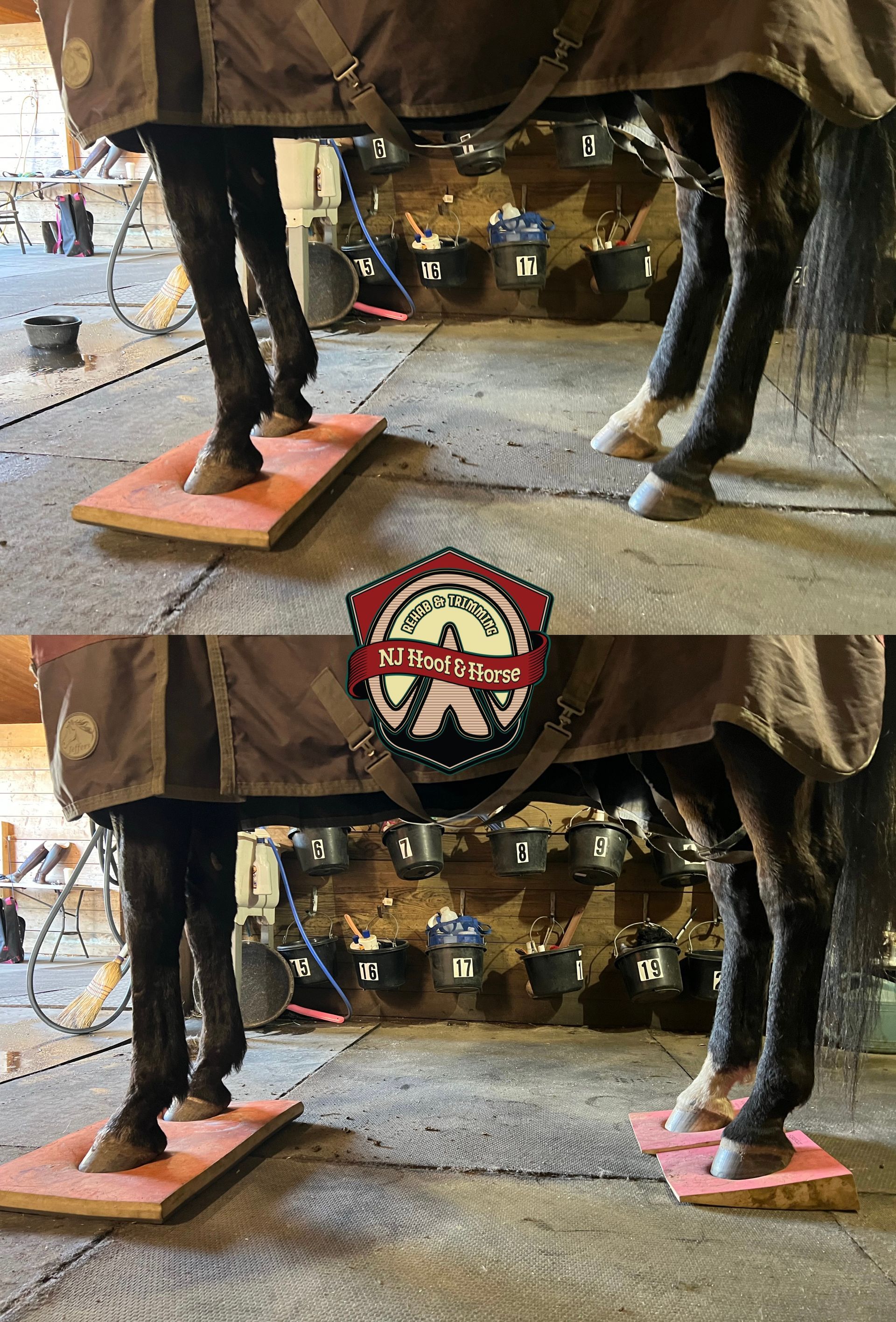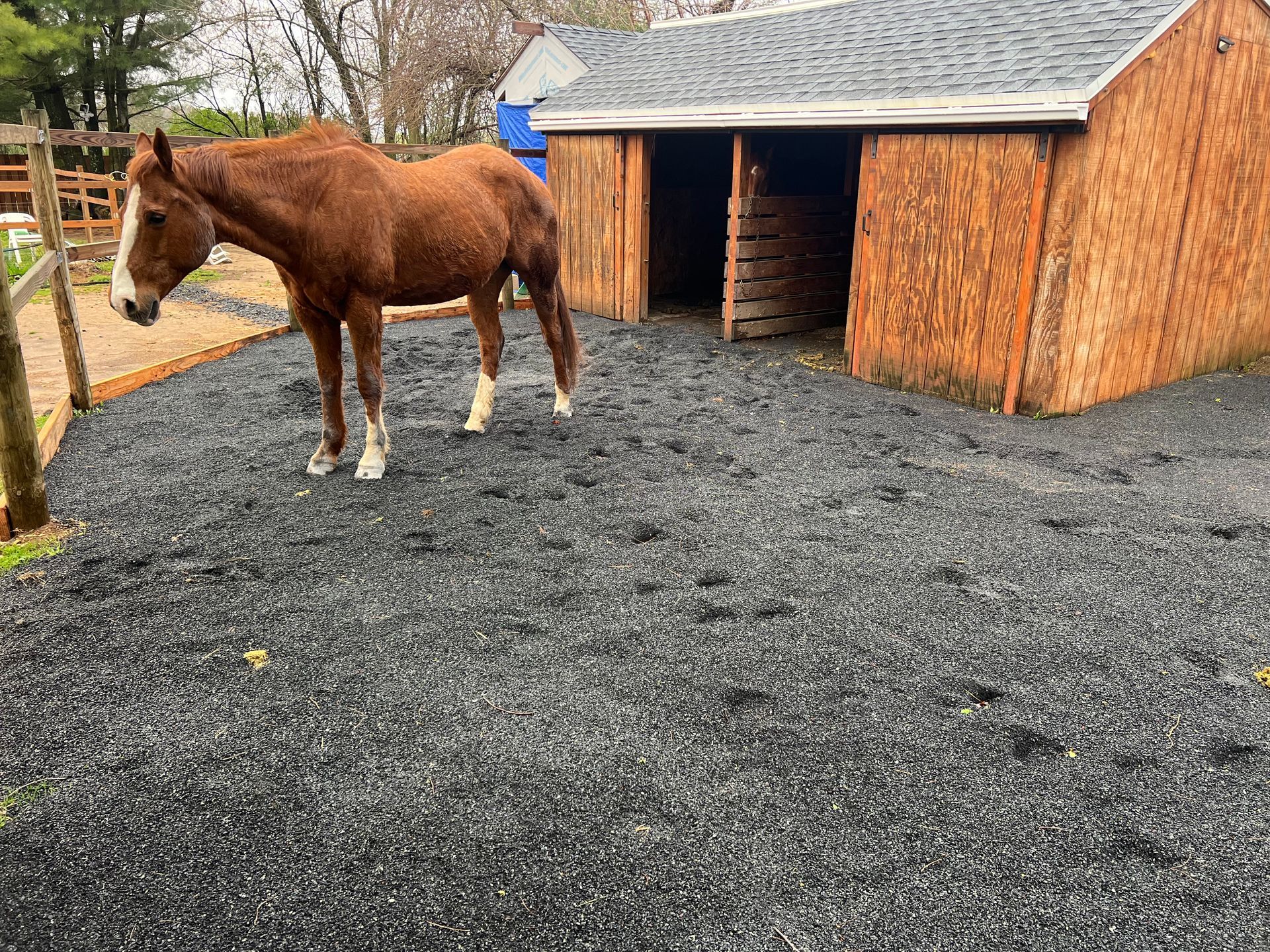Documenting trimming progress
One Minute Discussions #62
Discussing Natural Hoof & Horse Care
DOCUMENTING TRIMMING PROGRESS
One thing that I regret not doing when I first started out trimming is not taking good progress hoof photos. I’m trying to improve
But honestly, good progress photos are a gem! Why do we need them?
It’s always beneficial & satisfying to see improvements and track how the horses feet are developing. If we’re trying to do the best job we can with horses, how would be know if the hoof improved from the last trimming/shoeing job? We can’t know if we don’t have before and after pictures. And especially for beginner trimmers, there would be a lot of times when you would take good quality hoof photos, then come back home and while scrolling through the photos you’d notice that you missed something in the trim!
It can happen, that’s how we learn.
Also, a lot of people ask me about my little blue pill bottle in the photos. I place it in a specific place near the hoof in order to have an idea how big the hoof is and to keep track of the changes, size, length, etc.
So taking good quality hoof photos, from different/proper angles and with good lighting, is a very powerful tool in hoof rehab!
Post a before and after picture that you’re currently working on!
Denys Antonenko

